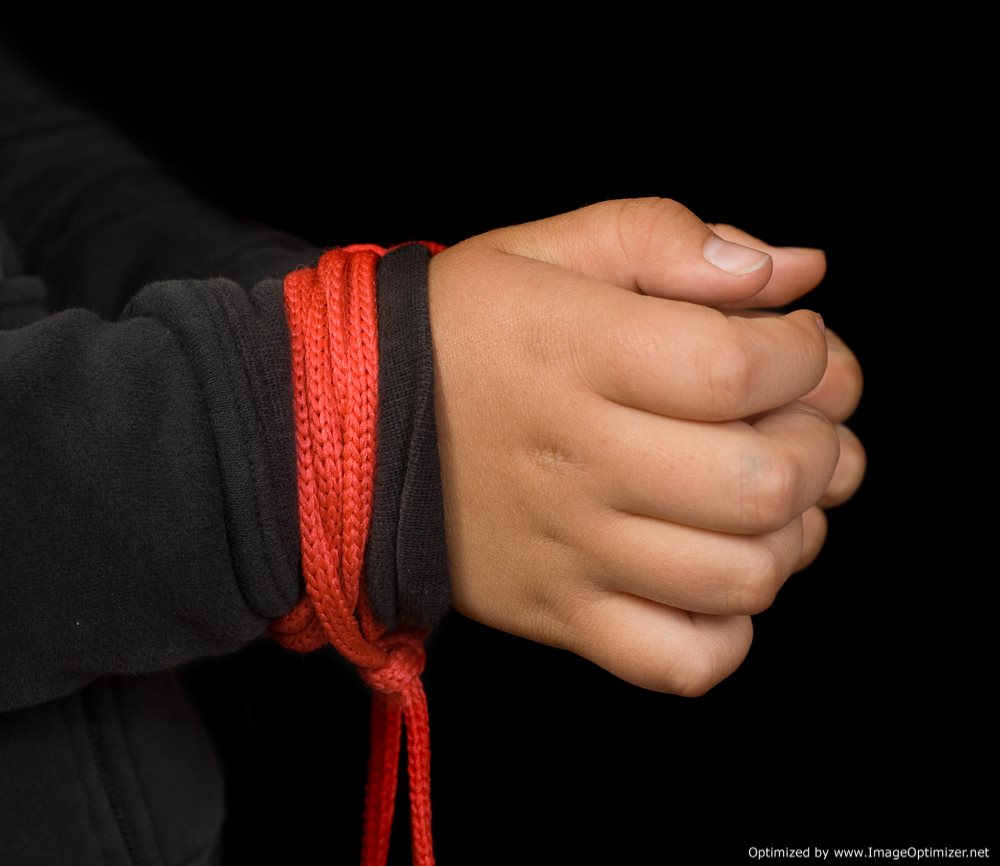Revolutionizing Learning: Shocking New Education Policy Changes Unveiled
In a groundbreaking move that promises to reshape the educational landscape, government officials have unveiled a series of transformative policy changes aimed at addressing the evolving needs of students and the demands of a rapidly changing world. These reforms, which have been in development for several months, seek to modernize the educational framework, making it more inclusive, adaptive, and technology-driven. As stakeholders across the spectrum react to this significant announcement, the implications for students, educators, and the broader academic community are profound.
Understanding the Context: The Need for Transformative Education Policy Changes
The urgency for reform in education has been underscored by various factors, including the rapid advancement of technology, the increasing diversity of student populations, and the growing emphasis on critical thinking and problem-solving skills in the workforce. Traditional educational models, which often prioritize rote memorization and standardized testing, have come under scrutiny for failing to adequately prepare students for the complexities of modern life. Furthermore, the COVID-19 pandemic has highlighted significant disparities in access to quality education, prompting calls for a more equitable system that addresses the needs of all learners. As such, the newly unveiled policy changes aim to create a more dynamic and responsive educational environment that fosters creativity, collaboration, and lifelong learning.
Key Highlights of the Newly Unveiled Education Policy Changes
The new education policy encompasses a wide range of reforms designed to enhance the learning experience for students across all grade levels. Key highlights include the introduction of competency-based learning frameworks that prioritize mastery of skills over time spent in the classroom, a shift towards project-based assessments that encourage real-world application of knowledge, and the incorporation of social-emotional learning (SEL) into the curriculum. Additionally, the policy emphasizes the importance of inclusivity, mandating that schools adopt practices that support diverse learning needs and backgrounds. The reforms also call for increased funding for arts and vocational programs, recognizing the value of a well-rounded education that goes beyond traditional academic subjects.
Implications for Students: How These Changes Will Affect Learning Experiences
The implications of these policy changes for students are significant and far-reaching. By shifting the focus from standardized testing to competency-based assessments, students will have the opportunity to learn at their own pace, allowing for a more personalized educational experience. This approach not only fosters deeper understanding but also encourages students to take ownership of their learning. The integration of SEL into the curriculum is expected to enhance students’ emotional intelligence and resilience, equipping them with essential skills for navigating both academic and personal challenges. Furthermore, the emphasis on project-based learning will enable students to engage in collaborative, hands-on experiences that mirror real-world scenarios, preparing them for future careers in an increasingly complex job market.
Educator Perspectives: Reactions from Teachers and Academic Institutions
The response from educators and academic institutions to the newly unveiled policy changes has been largely positive, with many expressing enthusiasm for the potential benefits these reforms could bring. Teachers have long advocated for a shift away from high-stakes testing and towards more holistic approaches to assessment. Many educators believe that the emphasis on competency-based learning and SEL will not only enhance student engagement but also improve overall classroom dynamics. However, some concerns have been raised regarding the implementation of these changes, particularly in terms of training and resources needed to support teachers in adapting to new methodologies. Academic institutions are also grappling with the logistical challenges of integrating these reforms into existing curricula while ensuring that all students receive equitable access to the resources they need to succeed.
The Role of Technology: Integrating Digital Tools in Modern Education
In recognition of the pivotal role technology plays in contemporary education, the new policy places a strong emphasis on integrating digital tools into the learning process. Schools are encouraged to adopt innovative technologies that facilitate personalized learning experiences, such as adaptive learning platforms and online collaboration tools. The policy also advocates for the development of digital literacy programs, ensuring that students are equipped with the skills necessary to navigate an increasingly digital world. By leveraging technology, educators can create more engaging and interactive learning environments that cater to diverse learning styles and preferences. However, the successful integration of technology will require ongoing investment in infrastructure and professional development to ensure that both teachers and students can effectively utilize these tools.
Future Outlook: Anticipating the Long-Term Effects of Policy Reforms on Education
As the newly unveiled education policy begins to take shape, the long-term effects on the educational landscape are poised to be transformative. By prioritizing competency-based learning, inclusivity, and the integration of technology, these reforms have the potential to create a more equitable and effective education system that meets the needs of all students. In the coming years, stakeholders will closely monitor the implementation of these changes, assessing their impact on student outcomes and overall educational quality. While challenges remain, the commitment to fostering a more adaptive and innovative educational environment signals a promising shift towards a future where all learners can thrive. As these reforms unfold, the hope is that they will not only enhance academic achievement but also cultivate a generation of critical thinkers, problem solvers, and engaged citizens.
In conclusion, the unveiling of these transformative education policy changes marks a pivotal moment in the evolution of the educational system. With a focus on personalized learning, inclusivity, and the integration of technology, these reforms hold the promise of creating a more dynamic and responsive educational environment. As educators, students, and policymakers navigate the complexities of implementation, the collective goal remains clear: to equip future generations with the skills and knowledge necessary to succeed in an ever-changing world. The journey ahead may be challenging, but the potential rewards for students and society as a whole are immeasurable.















